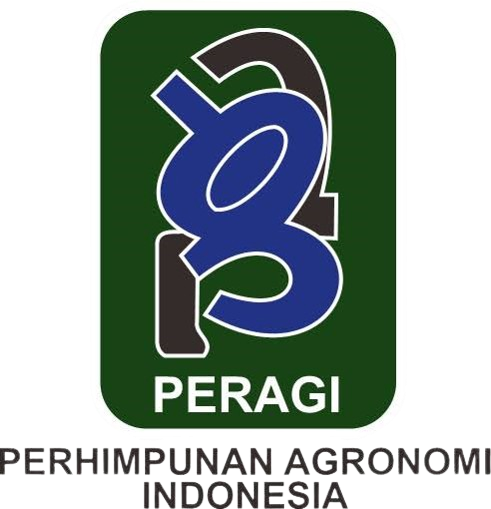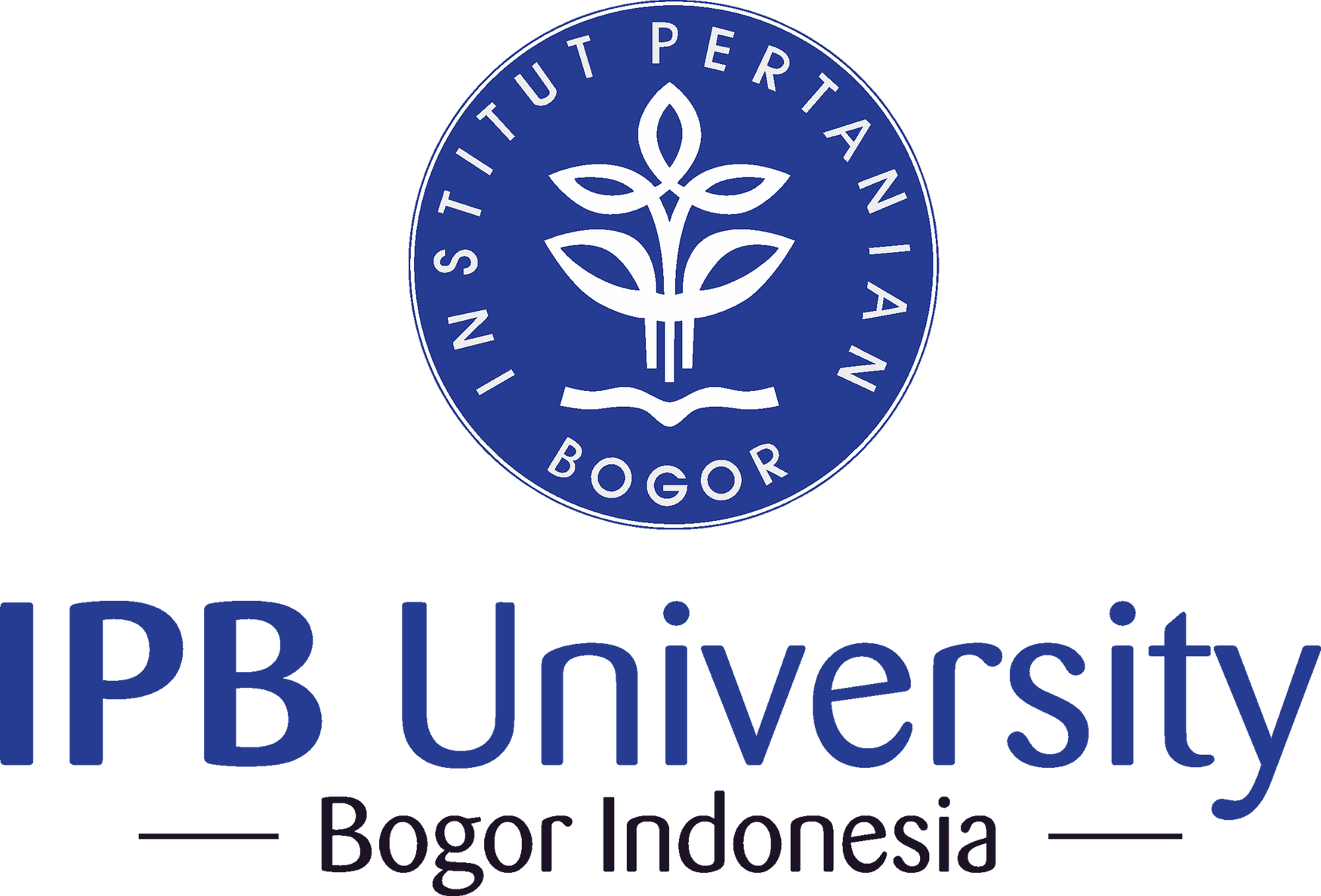Perubahan Klorofil, Luas Daun Spesifik, dan Efisiensi Penggunaan Cahaya Ubi Kayu pada Sistem Tumpang Sari dengan Jagung
Abstract
This study aims to determine changes in chlorophyll content, specific leaf area (SLA), and light use efficiency (LUE) as a mechanism of physiological and morphological adaptation of cassava intercropped with maize. Cassava variety of Adira 1 has been planted in intercropping with maize varieties of Arjuna, Pioner 4, and Cargill 9 (with a population of 32,000; 48,000; 64,000, and 8,0000 plants ha-1); cassava is planted between rows of maize with a distance of 1 m x 1 m (with a population of 10 000 plants ha-1). As a physiological adaptation mechanism, cassava which is planted intercropping increase light capture for photosynthesis by increasing the content of chlorophyll a and chlorophyll b as well as morphologically with increasing SLA. The average chlorophyll a and b of cassava in intercropping were 2.758 and 1.125 mg g-1, whereas in monoculture were 2.032 and 0.750 mg g-1 or increased respectively 35.73% and 50.00%. SLA of cassava increased from 309.5 cm2g-1 in the monoculture became 406.3 cm2g-1in intercropping (increased by 31.27%). The LUE of cassava at the beginning of growth during intercropping with maize is lower than the monoculture, but after maize is harvestedthe LUE increased so that the average LUE of cassava is the same during the whole periode of growth that is 0.0025 kg MJ-1.
Keywords: mechanism, physiological, morphological, adaptation













